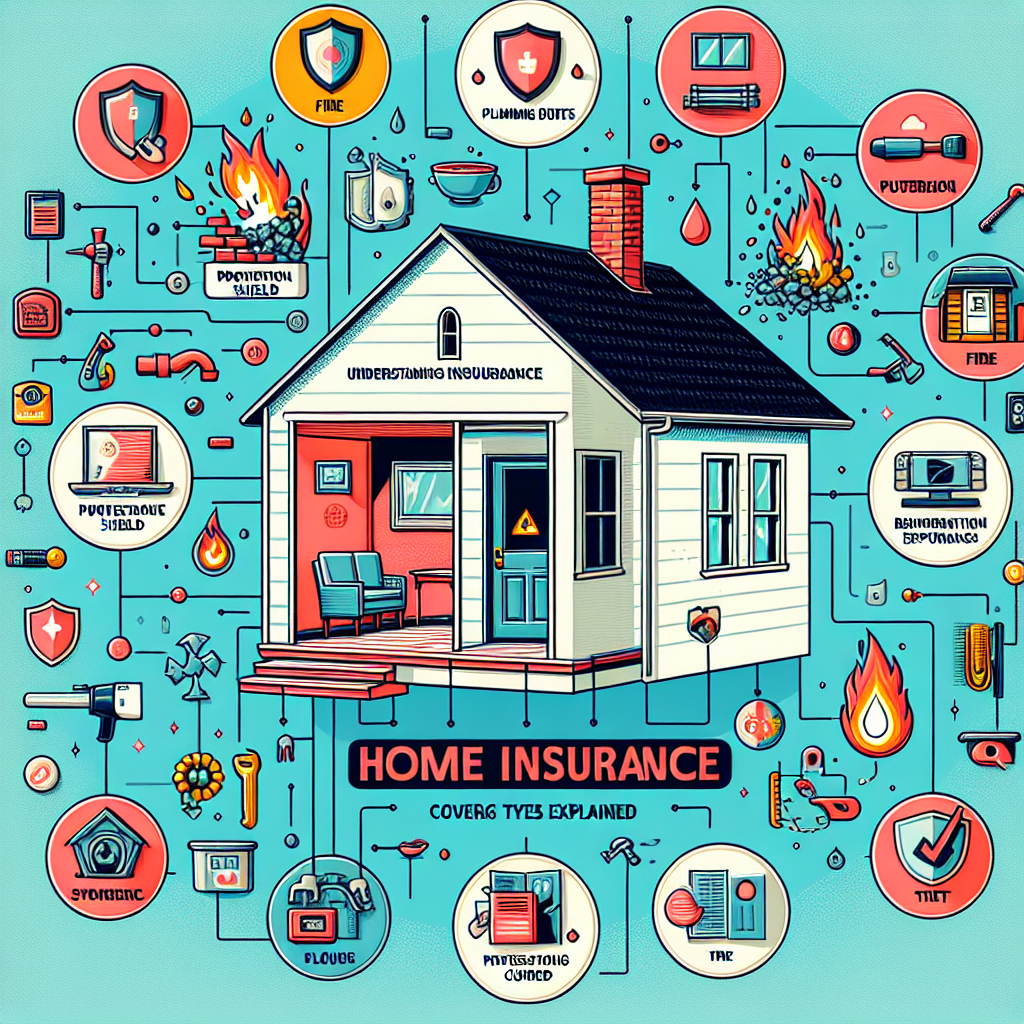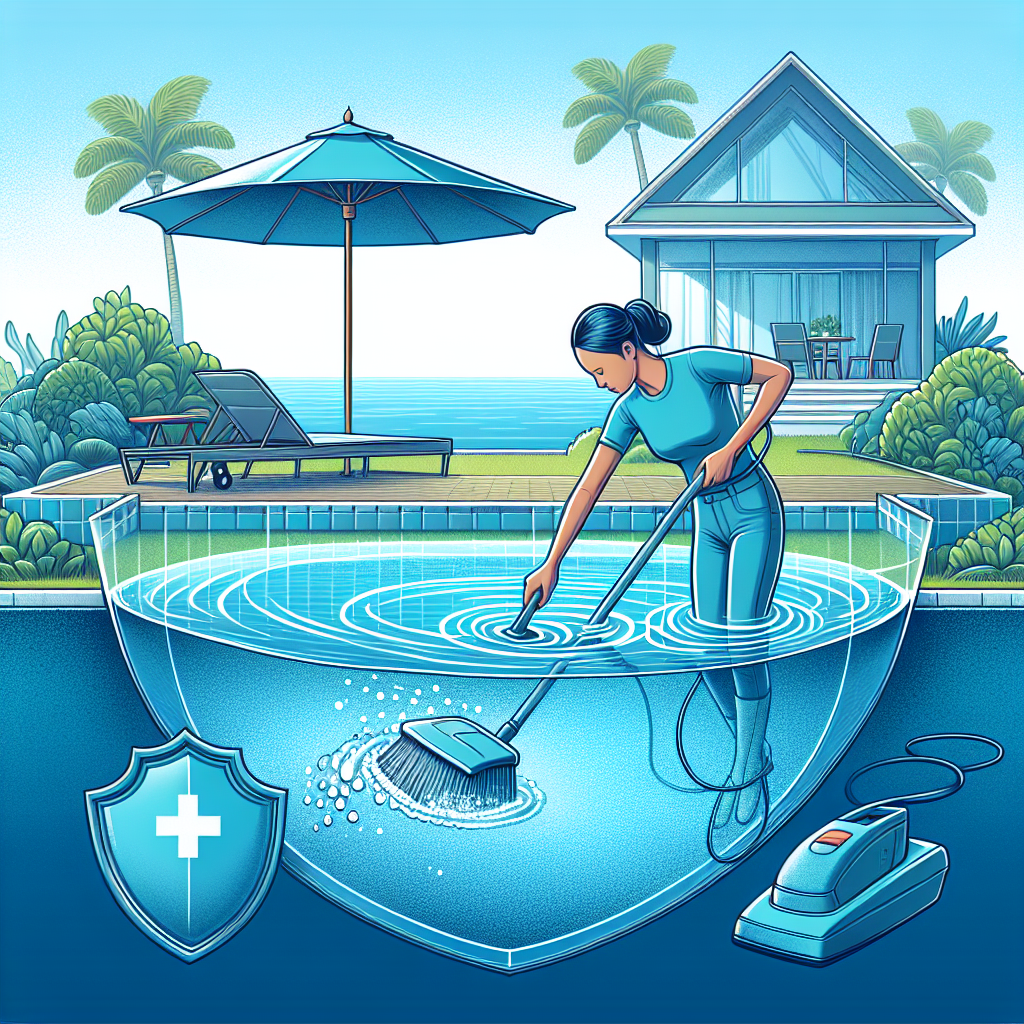Filed under Home Insurance on
Understanding Home Insurance: Coverage Types Explained

When it comes to safeguarding your home, understanding the intricacies of home insurance is crucial. Home insurance, a safety net against unforeseen damages, ensures that your most valuable asset is protected. In this comprehensive guide, we delve into the different coverage types of home insurance, offering a clear and engaging overview for homeowners.
What is Home Insurance?
Home insurance, often referred to as homeowner's insurance, is a type of property insurance that covers losses and damages to an individual's house and assets in the home. It also offers liability coverage against accidents that occur on the property. But there's more to it than meets the eye.
Why You Need Home Insurance
Imagine the unexpected: a fire engulfs part of your house, or a burglar makes away with your valuables. Without home insurance, these incidents could turn financially catastrophic. The right insurance policy acts as a buffer, providing necessary economic relief when misfortunes arise.
Types of Home Insurance Coverage
Home insurance isn't a one-size-fits-all solution. There are various coverage types tailored to meet different needs. Let's explore them to understand how they work.
1. Dwelling Coverage
Dwelling coverage is the backbone of a homeowner's policy. It covers the home structure itself, including walls, roof, and permanently attached fixtures. If your home suffers damage from covered events such as fires, storms, or vandalism, dwelling coverage steps in to facilitate repairs or reconstruction.
2. Personal Property Coverage
Beyond the physical structure, personal property coverage addresses your belongings, from furniture to electronics. In the event of theft or damage due to covered scenarios, this part of your home insurance ensures that you can replace these essential items without depleting your savings.
3. Liability Protection
Accidents can happen, and when they occur on your property, you may be legally responsible. Liability protection helps cover legal expenses and medical costs if someone is injured in your home. It's an essential safety measure that shields you from potentially exorbitant legal claims.
4. Additional Living Expenses (ALE)
If your home is rendered uninhabitable due to a covered loss, ALE provides financial assistance for temporary living arrangements. Whether it’s a hotel stay or a short-term rental, you will have support until your home is repaired or rebuilt.
Understanding Covered Perils
Knowing what constitutes a "covered peril" is essential in understanding home insurance. Commonly included perils are fire, windstorms, hail, theft, and vandalism. However, standard policies often exclude floods and earthquakes, which require separate coverage.
Flood and Earthquake Insurance
Standard home insurance policies typically do not cover natural disasters like floods or earthquakes. If you live in a high-risk area for these events, consider adding specific coverage. Flood insurance can protect against water damage, while earthquake insurance covers structural damage resulting from seismic activity.
How to Choose the Right Coverage
Selecting the right home insurance coverage can be daunting, but a few key factors can guide you:
- Evaluate the Value of Your Home: Consider the cost to rebuild your home entirely. This will help determine the appropriate amount of dwelling coverage.
- Assess Personal Belongings: Take inventory of your possessions to ensure your personal property coverage is adequate.
- Consider Liability Exposure: Evaluate your lifestyle and the potential risks on your property. This will help you decide on the level of liability coverage you require.
- Account for Additional Living Expenses: Think about potential temporary living costs should your home be uninhabitable.
Recent Trends in Home Insurance
The home insurance industry is continuously evolving. Here are some current trends:
- Personalized Policies: Insurers are increasingly offering customizable options, allowing homeowners to tailor policies to fit specific needs.
- Technology Integration: Use of technology like smart home devices is being integrated into policies, potentially lowering premiums through risk mitigation.
- Climate Considerations: Insurers are factoring climate change into risk assessments, particularly in areas prone to severe weather conditions.
Expert Opinions on Home Insurance
We spoke with a few industry experts to gain insight into effective home insurance strategies:
- John Milligan, Insurance Analyst: "Homeowners should review policies annually. Changes in home value or additions may require coverage adjustments."
- Sarah Greene, Financial Advisor: "Consider bundling home and auto insurance with the same provider to take advantage of discounts."
Tips for Lowering Your Home Insurance Premium
Savvy homeowners find ways to reduce their premium costs while maintaining adequate coverage:
- Increase Your Deductible: Raising the deductible can lower your premium. Ensure it's a manageable amount should you need to file a claim.
- Invest in Home Security: Installing alarms, smoke detectors, and deadbolts can lower risks and potential costs.
- Shop Around: Compare quotes from different insurers to find the best rate and coverage combination.
Final Thoughts
Understanding home insurance is pivotal in protecting your home and assets from unexpected events. By familiarizing yourself with different coverage types and considering key factors like home value and potential risks, you can make an informed decision that provides peace of mind. Remember, the right policy is one that not only fits your current needs but also adapts as your circumstances change.
Whether you're a new homeowner or reevaluating an existing policy, educating yourself about home insurance is a step towards securing your home's future. Stay informed, assess your options, and ensure you have the coverage that best suits your needs.




